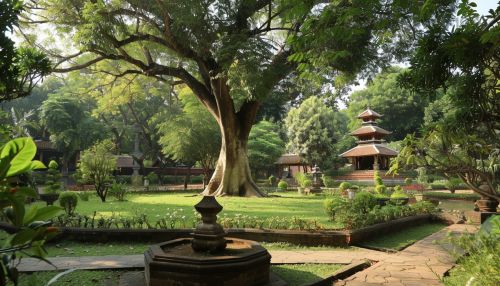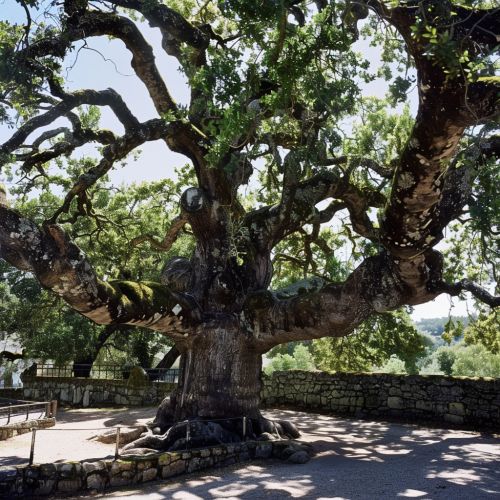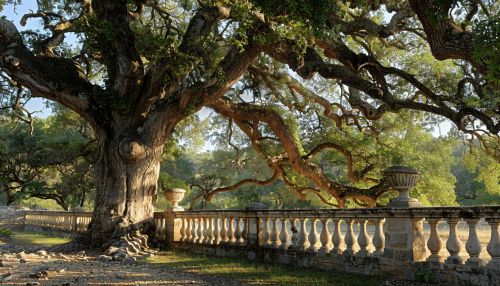Siddhartha Gautama
Early Life
Siddhartha Gautama, also known as the Buddha, was born in the 5th or 6th century BCE in Lumbini, in present-day Nepal. His father, Suddhodana, was the leader of the Shakya clan, one of the many small independent states in the region. His mother, Maya, died shortly after his birth, and he was raised by his aunt, Prajapati Gotami.


Siddhartha was raised in luxury, as befitting the son of a clan leader. He was married at a young age to a woman named Yasodhara, and they had a son named Rahula. Despite his comfortable life, Siddhartha was deeply troubled by the suffering he saw in the world around him.
The Great Departure
At the age of 29, Siddhartha left his palace, his wife, and his son, in a journey that is known as the "Great Departure". He renounced his princely life and became a wandering ascetic, seeking a way to end the suffering he saw in the world.
Siddhartha studied under several renowned spiritual teachers, mastering the meditative practices they taught him. However, he found that these practices did not lead him to the understanding he sought. He then practiced severe asceticism, nearly starving himself in the process. But this too, he found, did not bring him any closer to understanding the nature of suffering.
Enlightenment
Siddhartha then decided to pursue a "Middle Way" between the extremes of self-indulgence and self-mortification. He sat under a Bodhi Tree in Bodh Gaya, India, and vowed not to rise until he had found the truth. After 49 days of meditation, at the age of 35, Siddhartha attained Enlightenment, becoming the Buddha, which means "the awakened one".


The Buddha's teachings, known as the Dharma, revolve around the Four Noble Truths and the Eightfold Path. The Four Noble Truths are: the truth of suffering, the truth of the cause of suffering, the truth of the end of suffering, and the truth of the path that leads to the end of suffering. The Eightfold Path, which is the way to end suffering, includes right understanding, right thought, right speech, right action, right livelihood, right effort, right mindfulness, and right concentration.
Later Life and Death
After his Enlightenment, the Buddha spent the rest of his life teaching the Dharma to anyone who would listen, regardless of their social status or background. He established a monastic order, the Sangha, which included both men and women.
The Buddha died at the age of 80 in Kushinagar, India. His final words to his followers were, "All conditioned things are subject to decay. Strive with diligence."
Legacy
The Buddha's teachings spread throughout India and beyond, eventually leading to the establishment of various schools of Buddhism. Today, Buddhism is one of the world's major religions, with millions of followers around the globe.
